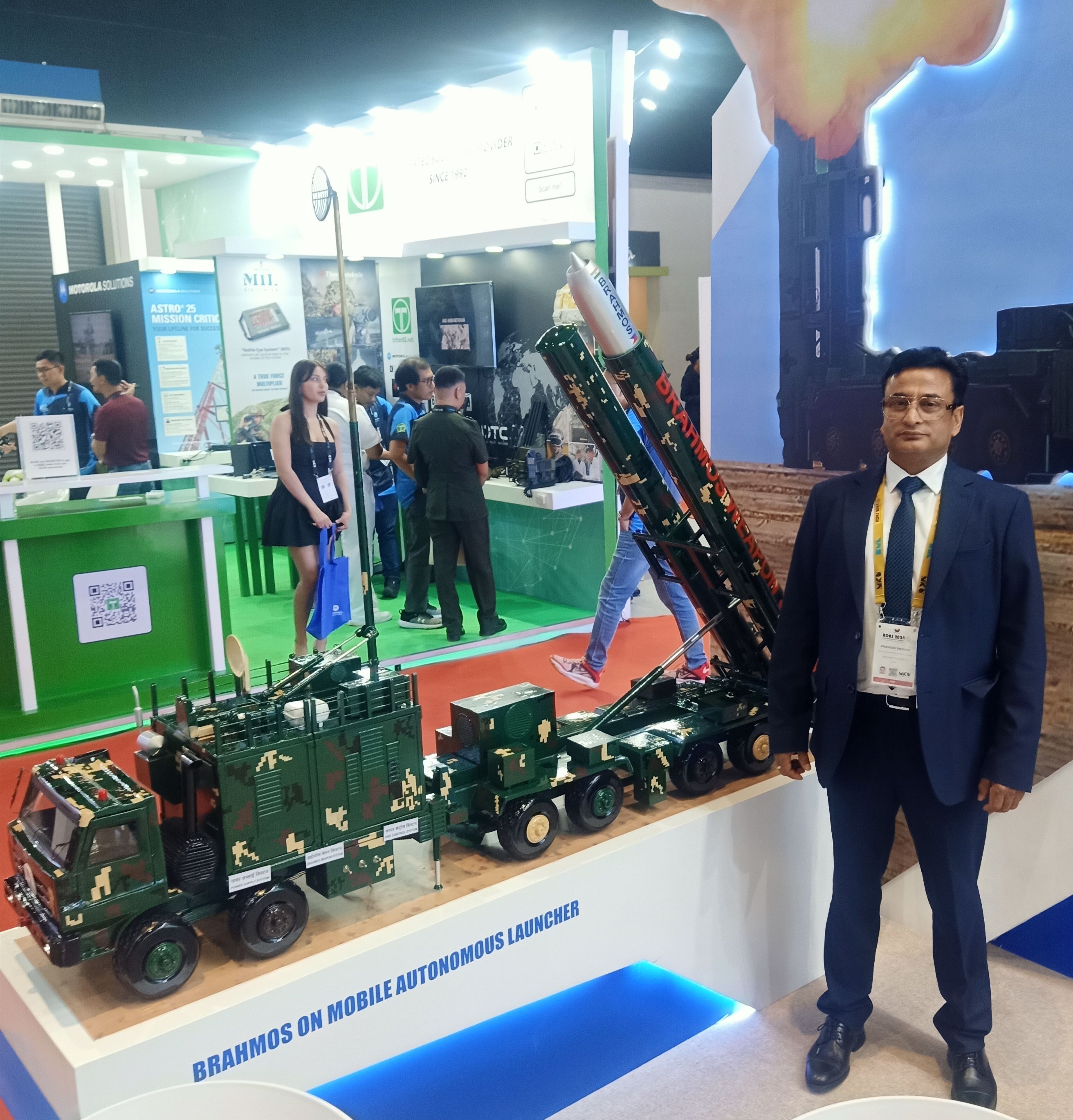How the Philippines can protect its EEZ with BrahMos missile
At A Glance
- Anticipation is building as to when the BrahMos supersonic cruise missile will be deployed to bolster the country's deterrence capabilities amid growing tension in the West Philippine Sea (WPS).
- The first batch of the BrahMos missile system was delivered to the Philippines in April, two years since Manila and New Delhi signed the P18.9 billion contract in 2022 for the acquisition of three batteries.
- The BrahMos missile can be launched from multiple platforms that are either based on land, sea, sub-sea, and air against sea and land targets.
- The BrahMos missile has a maximum range of 290 kilometers, a maximum velocity of Mach 2.5 to 2.8 or 1903 to 2,131 miles per hour, and weighs 3,000 kilos.
- The time it takes for the missile to travel the distance and hit the target after being fired is between five to six minutes.
- Once deployed, the BrahMos missile system will be used by the Philippine Marine Corps' Marine Coastal Defense Regiment.
- The Brahmos Aerospace has trained more than a hundred Filipino marines on how to use and maintain the Brahmos missile system.

Anticipation is building as to when the BrahMos supersonic cruise missile, acquired by the Philippines and delivered by India in April, will be deployed to bolster the country’s deterrence capabilities amid growing tension in the West Philippine Sea (WPS).
At the recent Asian Defense and Security (ADAS) exhibit in Pasay City, the Manila Bulletin had a chance to talk to Mr. Praveen Pathak, director of market promotion and export at BrahMos Aerospace Pvt. Ltd., an Indian-Russian venture that created the BrahMos, where he bared details of how the fastest supersonic cruise missile in the world can help the Philippines in protecting its exclusive economic zone (EEZ) against foreign intrusion.
A very potent weapon
The first batch of the BrahMos missile system was delivered to the Philippines in April, two years since Manila and New Delhi signed the P18.9 billion contract in 2022 for the acquisition of three batteries. The deal also made the Philippines the first foreign nation to acquire the BrahMos, and neighboring countries are reportedly intrigued by this move.
The BrahMos missile can be launched from multiple platforms that are either based on land, sea, sub-sea, and air against sea and land targets. The Philippines ordered an anti-ship version of the Brahmos missiles from India.
One “battery” is composed of the mobile autonomous launcher which has a capability of launching two missiles, a mobile command post to coordinate the system, a vehicle mounted radar, and a mobile replenishment vehicle.
“BrahMos is a very potent weapon system. It is one of the best cruise missiles in today’s date anywhere in the world,” Pathak said.
The BrahMos missile has a maximum range of 290 kilometers, a maximum velocity of Mach 2.5 to 2.8 or 1903 to 2,131 miles per hour, and weighs 3,000 kilos. The time it takes for the missile to travel the distance and hit the target after being fired is between five to six minutes.
Pathak said this means that an enemy or a hostile country that is aware the Philippines is armed with the BrahMos missile along its coast “will think twice before entering your [exclusive] economic zone,” referring to the 200-nautical mile or 370-kilometer area of coastal water with which the country claims exclusive rights for fishing, drilling, and other economic activities.
“It gives you the power, you know. ‘I have the gun and I can fire the gun toward you, you will not come near to me,’” he said.
General Romeo Brawner Jr., chief of staff of the Armed Forces of the Philippines (AFP), said he is unaware when the BrahMos will be officially used by the military.
“Hindi ko rin alam exactly kung ano ‘yung status niyan (I do not know exactly its status) but I will be inspecting the Brahmos and the facilities very soon,” he said.
According to Naval News, the AFP built a “BrahMos anti-ship missile base” at the Naval Station Leovigildo Gantioqui in Zambales, which is located in western Luzon.

Once deployed, the BrahMos missile system will be used by the Philippine Marine Corps’ Marine Coastal Defense Regiment.
The Brahmos Aerospace has trained more than a hundred Filipino marines on how to use and maintain the Brahmos missile system.
“The power that the marines [will have] in getting this weapon system is huge and once the system is completely deployed, they will be one of the most powerful defenders of their motherland you can say,” Pathak said.
Protecting entire EEZ
Despite the acquisition, Pathak admitted that one of the biggest challenges in defending the Philippines’ territory is because of its geography: a 36,000-kilometer-long coastline and more than 7,000 islands.
“The Philippines has a huge coastline. You have thousands of islands,” said Pathak.
“With what had been delivered now, we cannot say that it can cover the whole gamut but this is the first step, start of something, and this is a very good step.”
Gradually, Pathak hopes that the Philippines will be able to fully cover its coastline with the defensive missile system.
“The Philippines should understand what sort of power it is getting with this system,” he said.